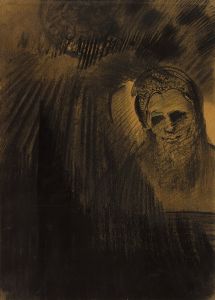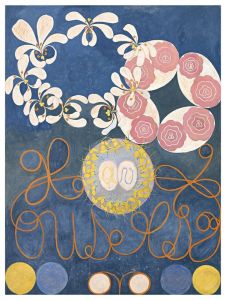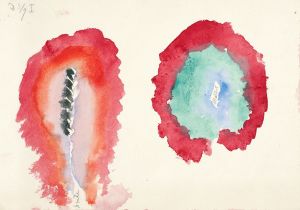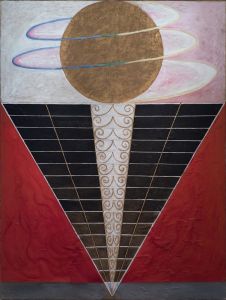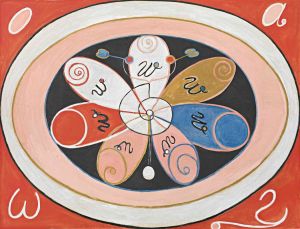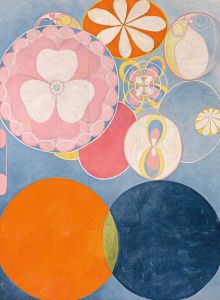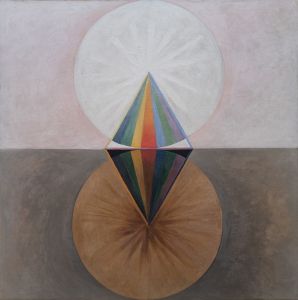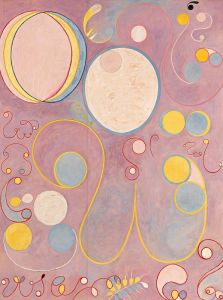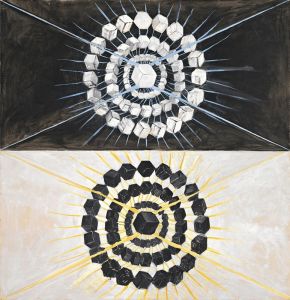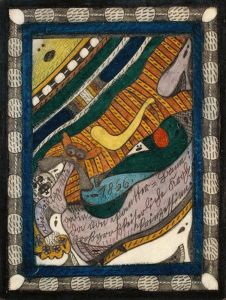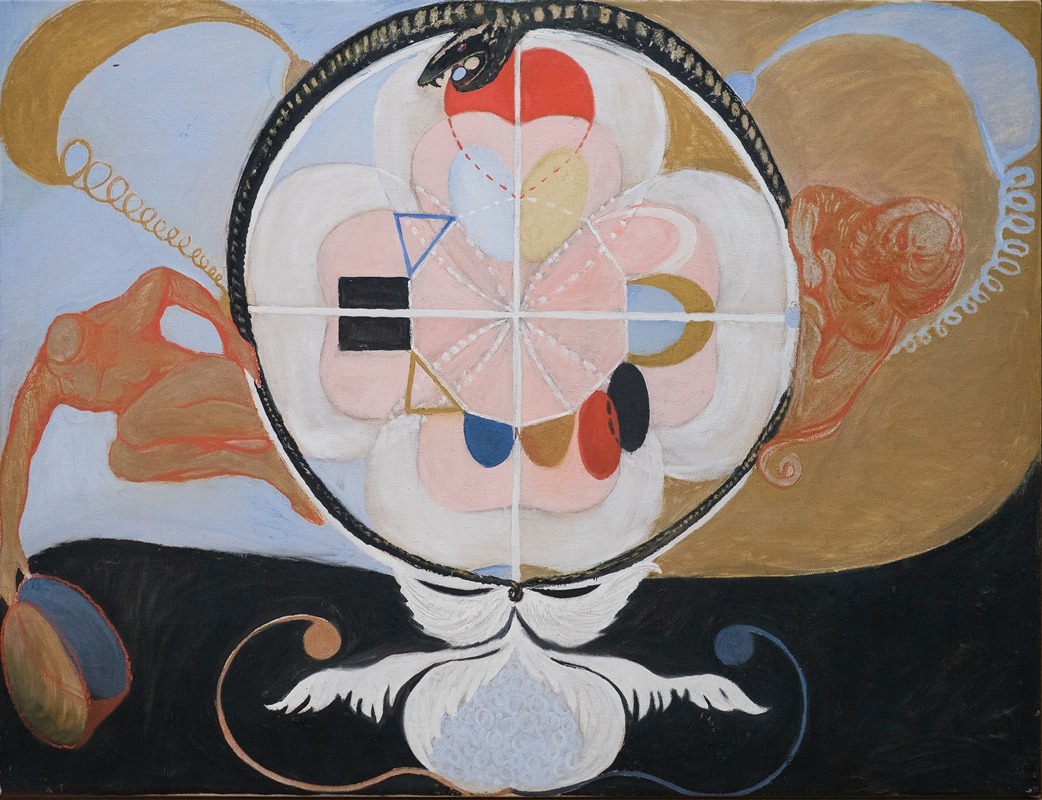
Evolution, No. 13, Group VI
A hand-painted replica of Hilma af Klint’s masterpiece Evolution, No. 13, Group VI, meticulously crafted by professional artists to capture the true essence of the original. Each piece is created with museum-quality canvas and rare mineral pigments, carefully painted by experienced artists with delicate brushstrokes and rich, layered colors to perfectly recreate the texture of the original artwork. Unlike machine-printed reproductions, this hand-painted version brings the painting to life, infused with the artist’s emotions and skill in every stroke. Whether for personal collection or home decoration, it instantly elevates the artistic atmosphere of any space.
Hilma af Klint's "Evolution, No. 13, Group VI" is a significant work within the oeuvre of the Swedish artist, who is now recognized as a pioneer of abstract art. Created in 1908, this painting is part of a larger series known as "The Paintings for the Temple," which af Klint worked on between 1906 and 1915. This series is notable for its spiritual and esoteric themes, reflecting af Klint's deep interest in mysticism, theosophy, and anthroposophy.
Hilma af Klint was born in 1862 in Solna, Sweden, and she studied at the Royal Academy of Fine Arts in Stockholm, graduating with honors in 1887. Her early work was primarily naturalistic, but her artistic direction took a dramatic turn following her involvement with spiritual movements and her participation in séances. Af Klint believed that her abstract works were guided by spiritual forces and that she was channeling messages from higher beings. This belief was a driving force behind her creation of "The Paintings for the Temple."
"Evolution, No. 13, Group VI" is characterized by its vibrant colors and geometric forms, which are hallmarks of af Klint's abstract style. The painting features a complex interplay of shapes and symbols, which are thought to represent various spiritual concepts and the evolution of the human soul. The use of spirals, circles, and other geometric patterns is prevalent in this work, suggesting a connection to the natural world and the cosmos.
Af Klint's work was largely unknown during her lifetime, as she chose not to exhibit her abstract paintings publicly. She believed that the world was not ready to understand her work and stipulated that her paintings should not be shown until at least 20 years after her death. As a result, her contributions to abstract art were not recognized until the late 20th century, long after her death in 1944.
The rediscovery of af Klint's work has prompted a reevaluation of the history of abstract art, as she created her first abstract paintings several years before artists like Wassily Kandinsky, Piet Mondrian, and Kazimir Malevich, who are traditionally credited with pioneering the movement. Her work challenges the conventional narrative and highlights the significant, yet overlooked, contributions of women in the development of modern art.
"Evolution, No. 13, Group VI" and the rest of "The Paintings for the Temple" series are now celebrated for their innovative approach and spiritual depth. They are considered groundbreaking for their time and have been the subject of numerous exhibitions and scholarly studies. Af Klint's work has gained international recognition, and she is now regarded as a visionary artist whose work transcends the boundaries of time and continues to inspire contemporary audiences.
In summary, "Evolution, No. 13, Group VI" is a testament to Hilma af Klint's unique vision and her role as a forerunner in the field of abstract art. Her work remains influential, offering insights into the intersection of art, spirituality, and the exploration of the unseen dimensions of existence.





